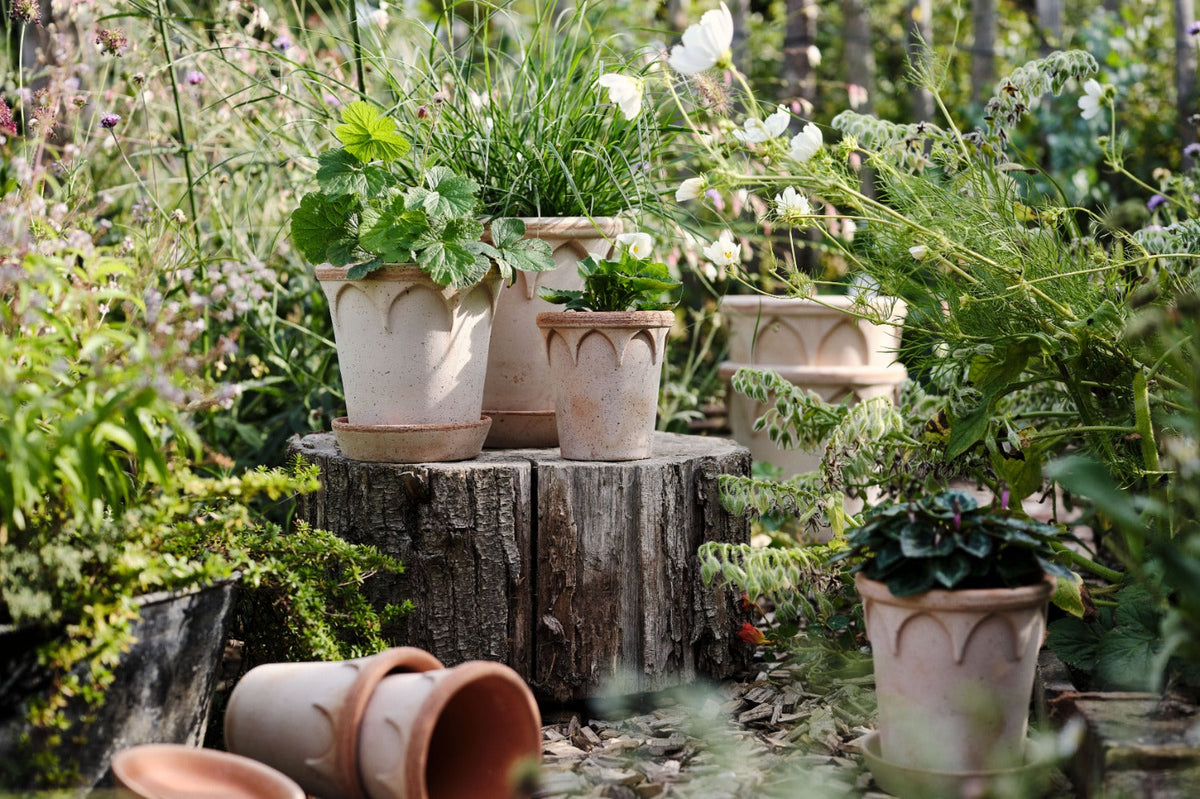
The vegetable garden in a pot: harvesting on your balcony in the city
|
Tijd nodig om dit artikel te lezen: 2 min
|
Tijd nodig om dit artikel te lezen: 2 min
Do you live in the city and still want to harvest vegetables and herbs? That is possible. Everything that grows in the vegetable garden can also be planted in pots. Some plants do better than others, but admittedly: it usually works surprisingly well. Because you do not always need an impressive number of square meters to be able to eat from your own garden. You can already pick quite a lot on a terrace or balcony in the city. Below we share our tips to make growing in a pot even easier.
The advantage of gardening in pots is that you can get started faster. A pot warms up faster and therefore offers a better growing environment for your plants. But warming up faster also means giving more water . Keep a close eye on the soil and give water when necessary. Soil that needs water is dry, soil that feels moist can do without it for a while.
Gardening in pots with soil from the garden is not recommended. You will need potting soil for sowing and planting. Garden soil will quickly dry out and become clogged or will hardly retain moisture if it is sandy soil. Potting soil contains the best of both worlds. It is airy, retains water well when needed and usually contains an organic base fertilizer , good for 6 to 8 weeks. You can garden in almost anything, as long as it has holes in it. This ensures that excess water can drain away and does not become stagnant at the roots of your plants. After all, that encourages mold and root rot.
Radishes almost always succeed in a pot, carrots are more difficult because they will grow deeper in the ground. Fortunately, there are ingenious alternatives. Take the Parisian carrot , for example. A small, bulbous root that is barely larger than a radish and does well in pots. Wonderful, how Mother Nature has a solution for these kinds of luxury problems. Peas, herbs and beets, among other things, also do well in a pot.
A head of lettuce is harvested after an average of 6 weeks. Usually in one go. Among other things, cut and pluck lettuce, spinach and peas continue to form new shoots or pods – and therefore need to be picked regularly . The more often you harvest, the more leaves or pods are produced. Crops that grow in pots need to be monitored more often, but it is all worth it when you can harvest later.



